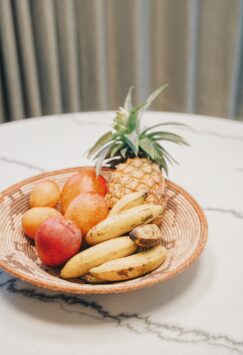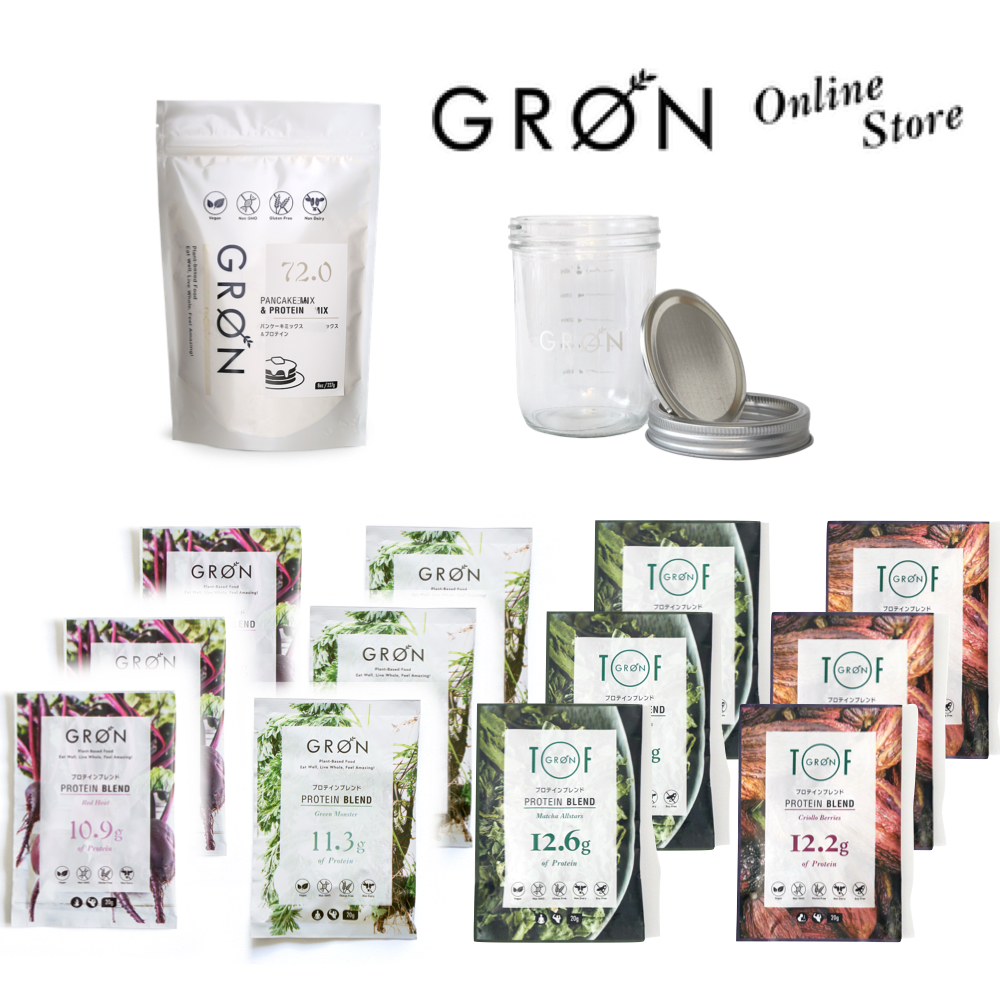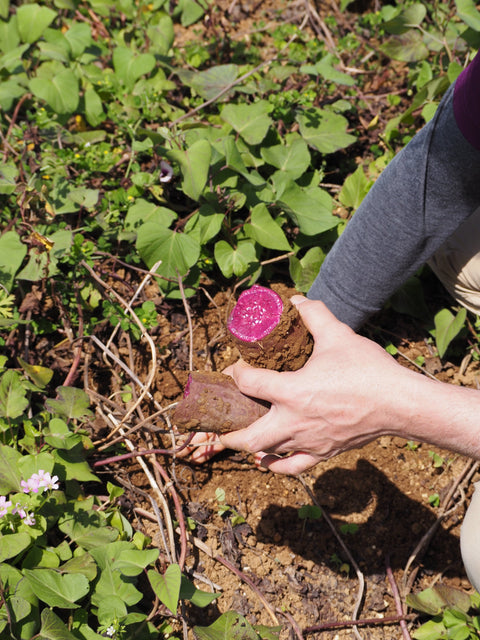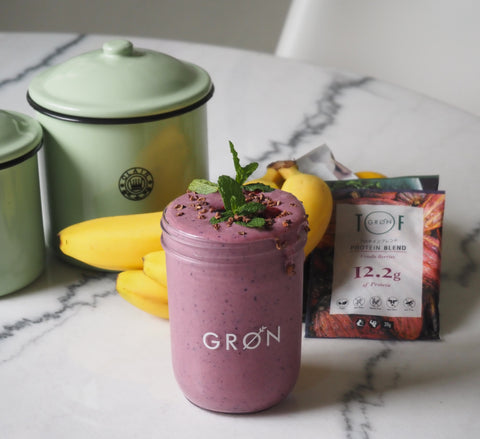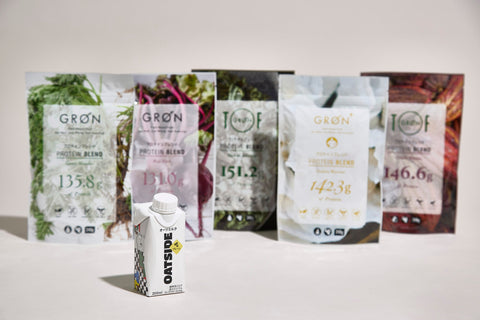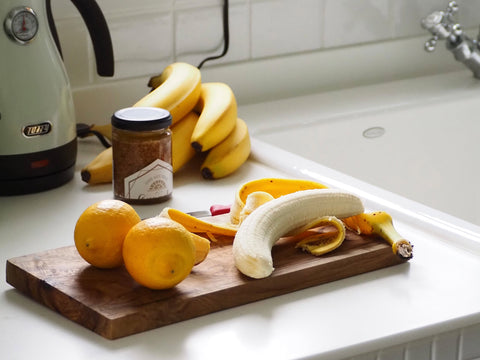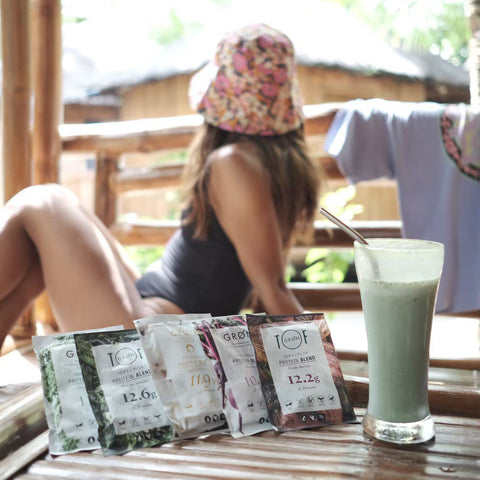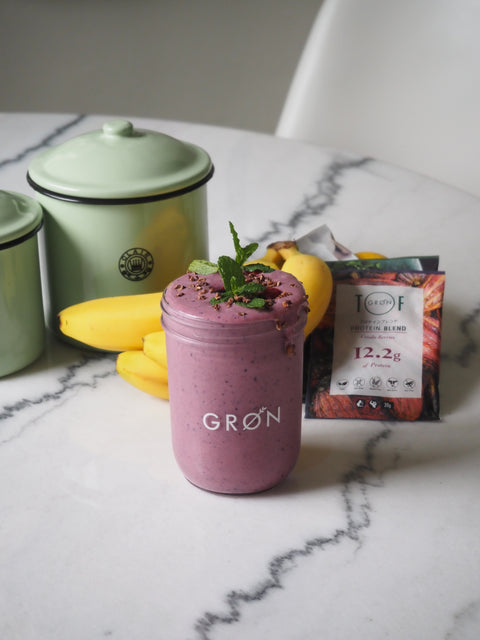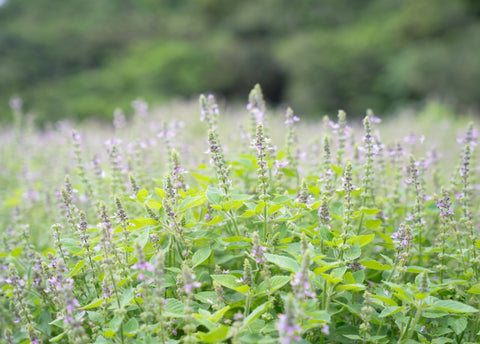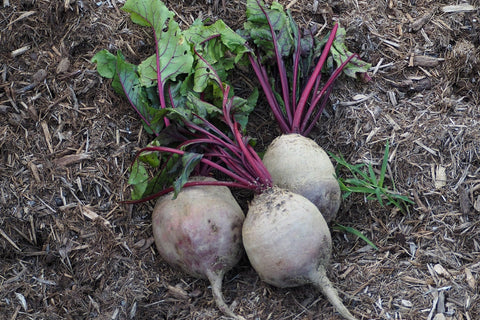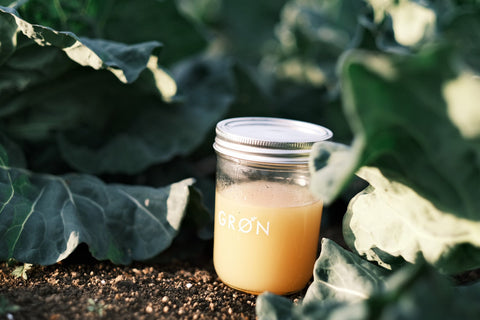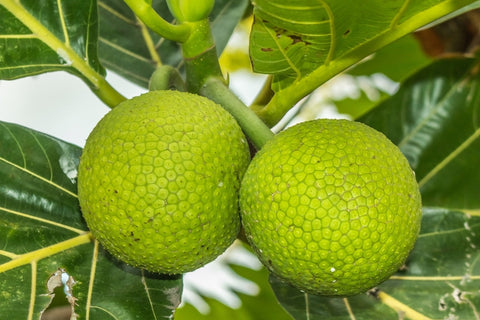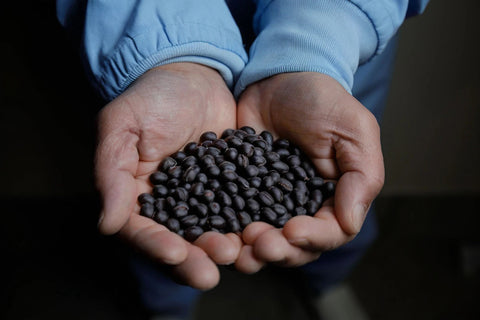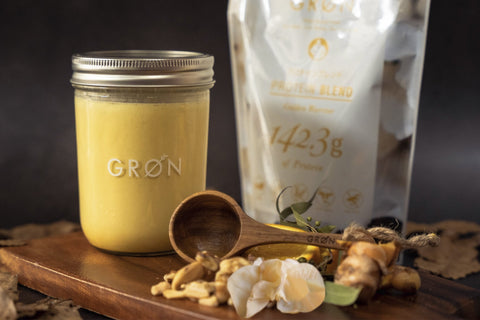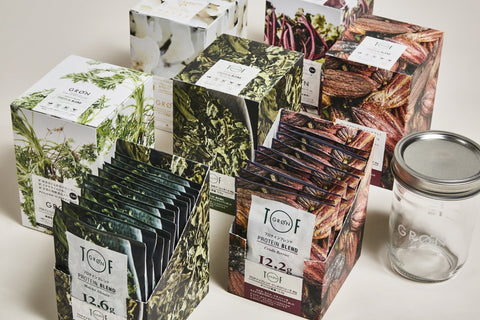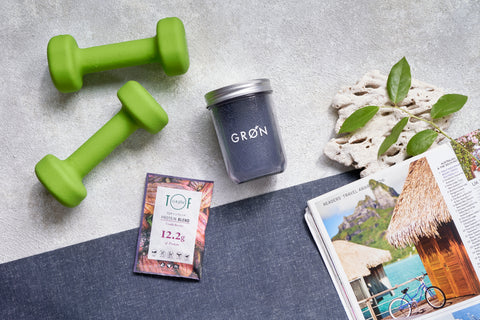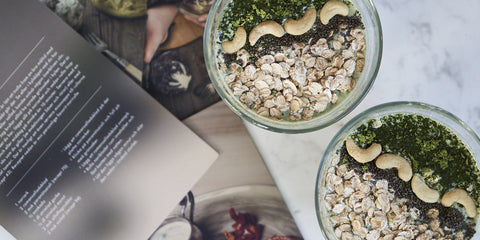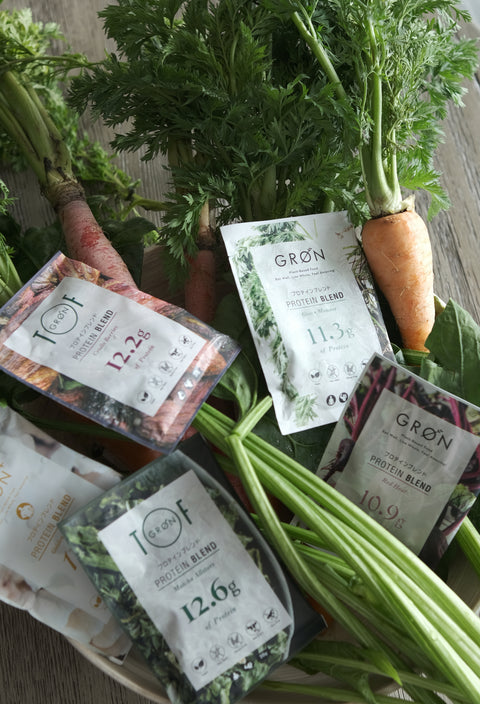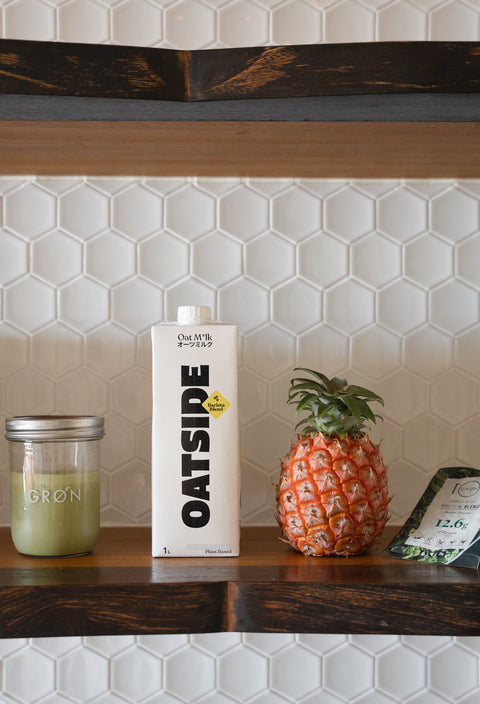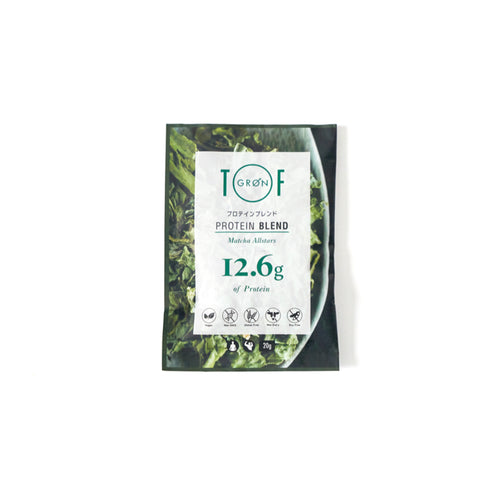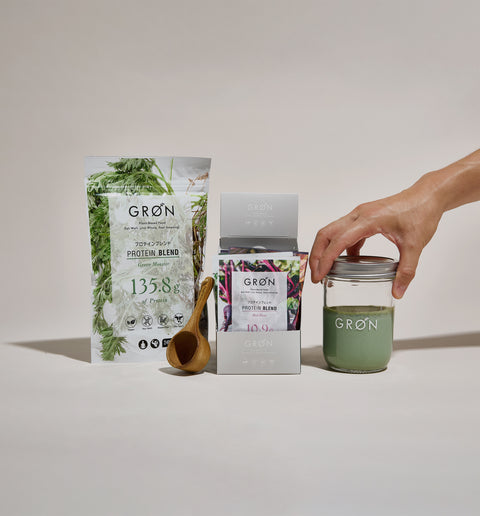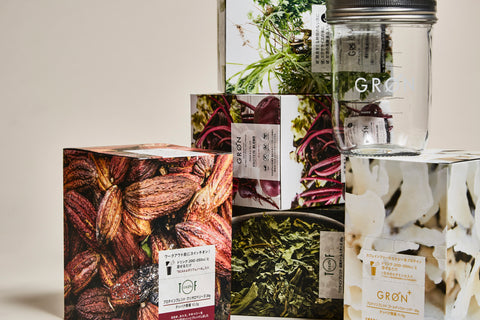How to cook raw food. ~Nutritionist's Column Vol.105
In a previous column, I talked about what raw food is.
-> What is raw food? The difference between raw food and macrobiotics ~ Nutritionist's Column Vol.103
This time, I would like to introduce some cooking methods to make it easier for you to incorporate raw food into your home.

Important things to know about cooking raw food
Raw food is a style of eating that involves consuming unprocessed, raw foods such as vegetables, fruits, and nuts, or ingredients that are as raw as possible.
With this eating style, it is important to maximize the nutritional value of ingredients - minimizing nutrient loss due to heating.
Therefore, temperature control is extremely important when cooking .
It is recommended to eat food in its raw state whenever possible, and if food needs to be heated, the general rule is to cook it at temperatures below 46-48°C .
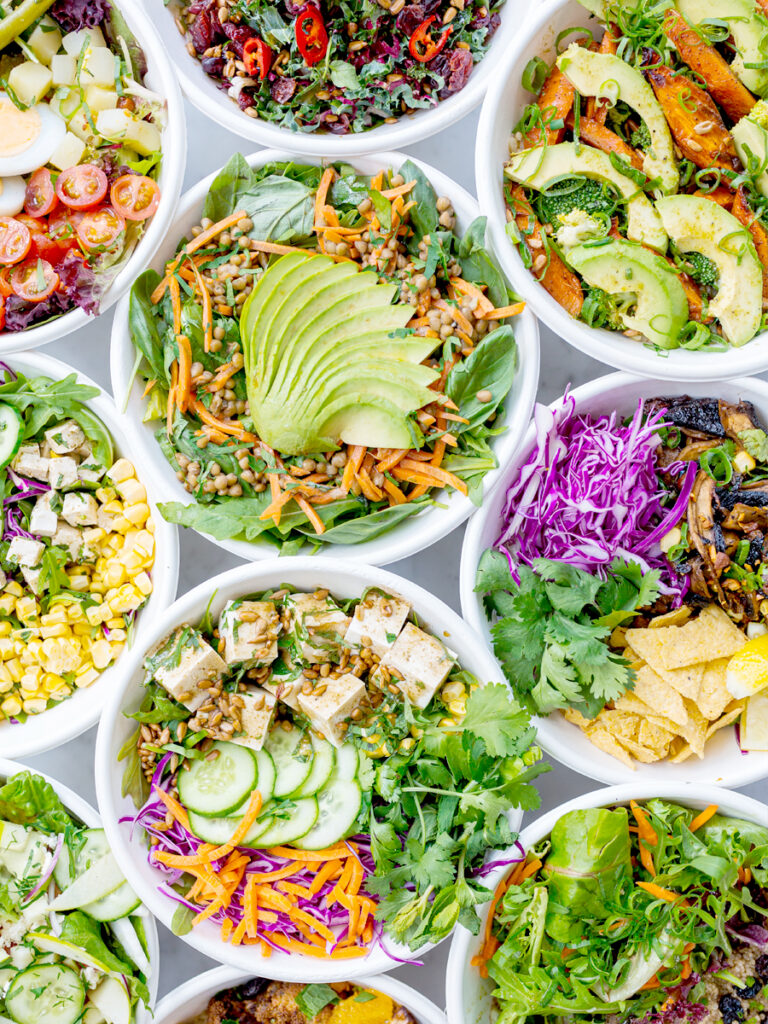
Basic cooking method
There is no particularly difficult cooking method.
Just like any other cuisine, you can enjoy a variety of dishes by simply varying the combination of ingredients and the texture of the ingredients.
*Soak : Immerse food in liquid and leave it for a while.
For example, dried fruits and nuts can be rehydrated by soaking them in water or juice.
Meat and vegetables can also be soaked in a marinade to allow the flavors to soak in.
Mix : Mix the ingredients thoroughly.
For example, mixing the ingredients for a dressing would be an example of this.
*Crush : Crushing ingredients by applying pressure.
For example, you can crush garlic with the back of a knife or mash fruit to make jam.
* Squeeze : Squeeze liquid out of ingredients.
Examples include squeezing an orange by hand to get the juice, or wrapping spinach and squeezing the water out of it.
*Dry : Removing moisture from ingredients and drying them.
Examples include drying fruits and vegetables in a food dehydrator (which slowly dries food at a low temperature over a long period of time; usually used at a temperature between 40°C and 46°C) or preserving herbs by drying them in the sun.

We will also introduce cooking methods such as fermentation and germination that enhance the nutritional value of ingredients.
These processes make the nutrients in food more available and improve digestion and absorption.
*fermentation
Fermentation is the process in which microorganisms (bacteria, yeast, etc.) convert sugars and starches contained in ingredients into alcohol, organic acids, etc.
Fermentation increases the nutrients in food and improves digestion and absorption.
It also helps improve intestinal flora and increase beneficial microorganisms.
Example: Tempeh: A traditional fermented food originating from Indonesia, made by fermenting soybeans with tempeh bacteria.
When tempeh bacteria is mixed into soybeans, they ferment.
This process breaks down the soybean's proteins, improving its nutritional value.
Tempeh can be used in a variety of dishes, such as in salads, sandwiches, stir-fries, and stews.
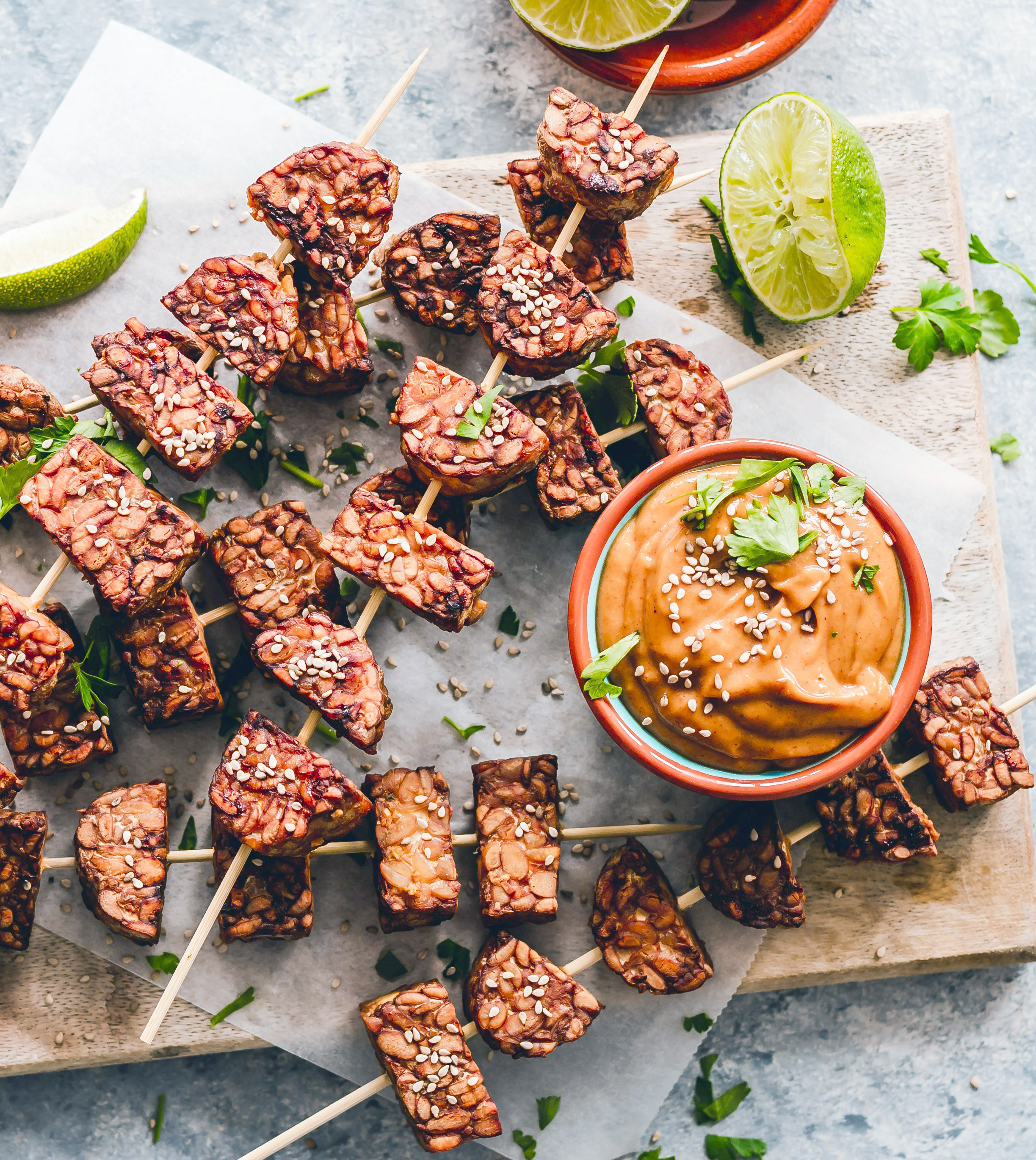
* Germination
Germination allows seeds and grains to absorb water and sprout, improving their nutritional value.
Sprouting increases the nutrients in food (especially vitamins, minerals and enzymes) and also makes it easier to digest.
Example: Activated Nuts This refers to the process of activating nuts or seeds by soaking them in water.
Activation occurs when the nuts are soaked in water for a period of time (usually a few hours to overnight).
Activated nuts are said to increase the activity of digestive enzymes and make nutrients more easily absorbed.
Eat activated almonds or cashews as a snack.
It is used as a topping for granola, cereal, and yogurt.
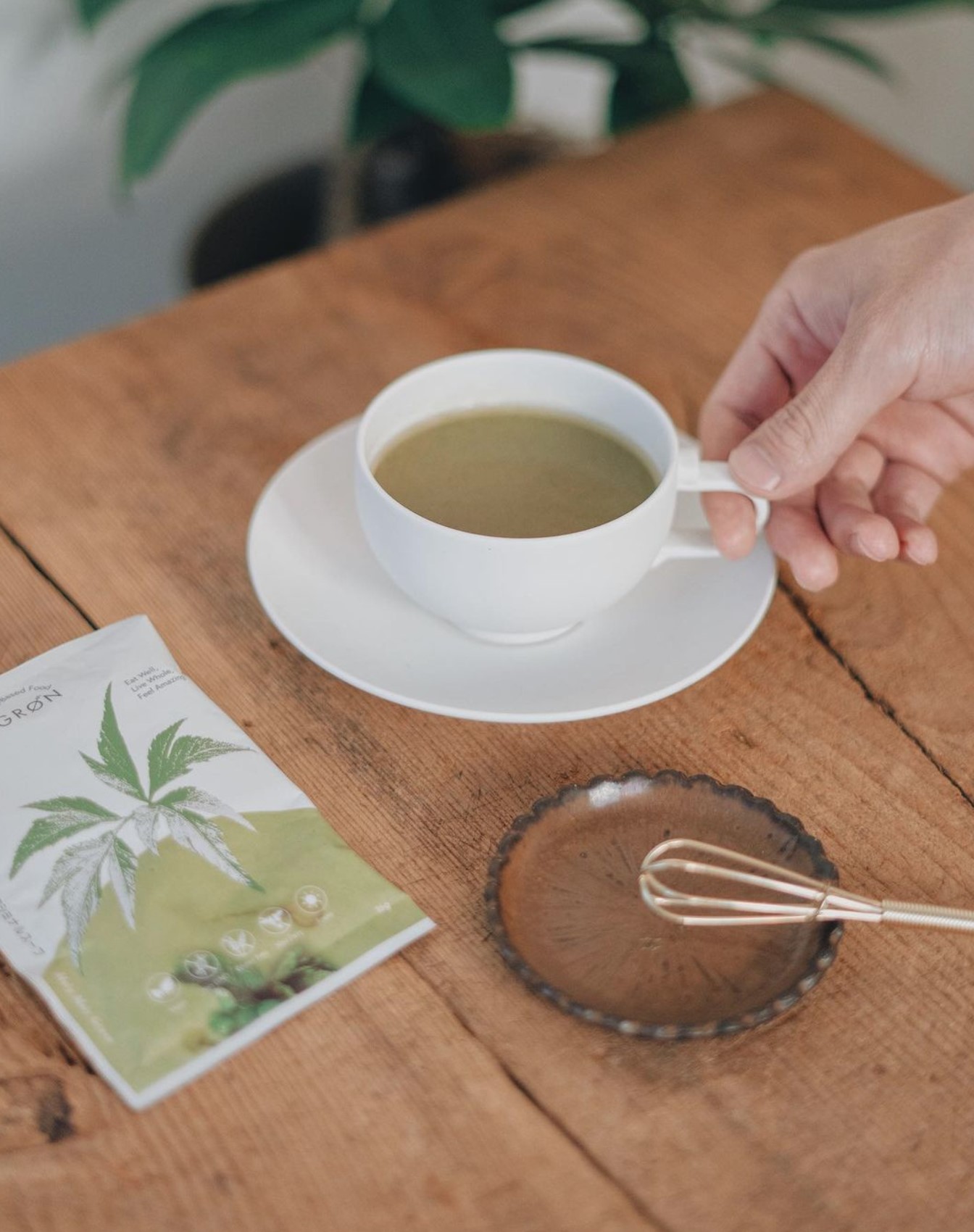
Special raw food ingredients
Raw food cooking may include some special ingredients in addition to regular foods.
These ingredients are important factors in improving flavor and nutritional value, and are processed and used in a way that suits the raw food style.
Below are some special raw food ingredients that we hope you will try out.
* Nutritional yeast
Yeast fermented with molasses such as sugar cane.
Unlike regular yeast, it does not produce alcohol during the fermentation process and provides B vitamins, which vegetarians often lack.
It has a cheesy and nutty flavor and is used as a cheese substitute.
It is used in raw food breads, crackers and other snacks to improve their flavor and nutritional value.
You can also sprinkle it on salads, use it as a topping for risotto, or add it to soups.

* Nuts and seeds (activated nuts)
In raw food, nuts and seeds are soaked to activate them and then used as ingredients.
This activates the enzymes and increases the nutrients.
Activated nuts and seeds are used as ingredients in snacks, desserts and granola.
*seaweed
Seaweed is rich in minerals and is also used in raw food cooking.
For example, nori seaweed is used in sushi rolls and wrap-like dishes and is a good source of calcium, iodine, and other nutrients.
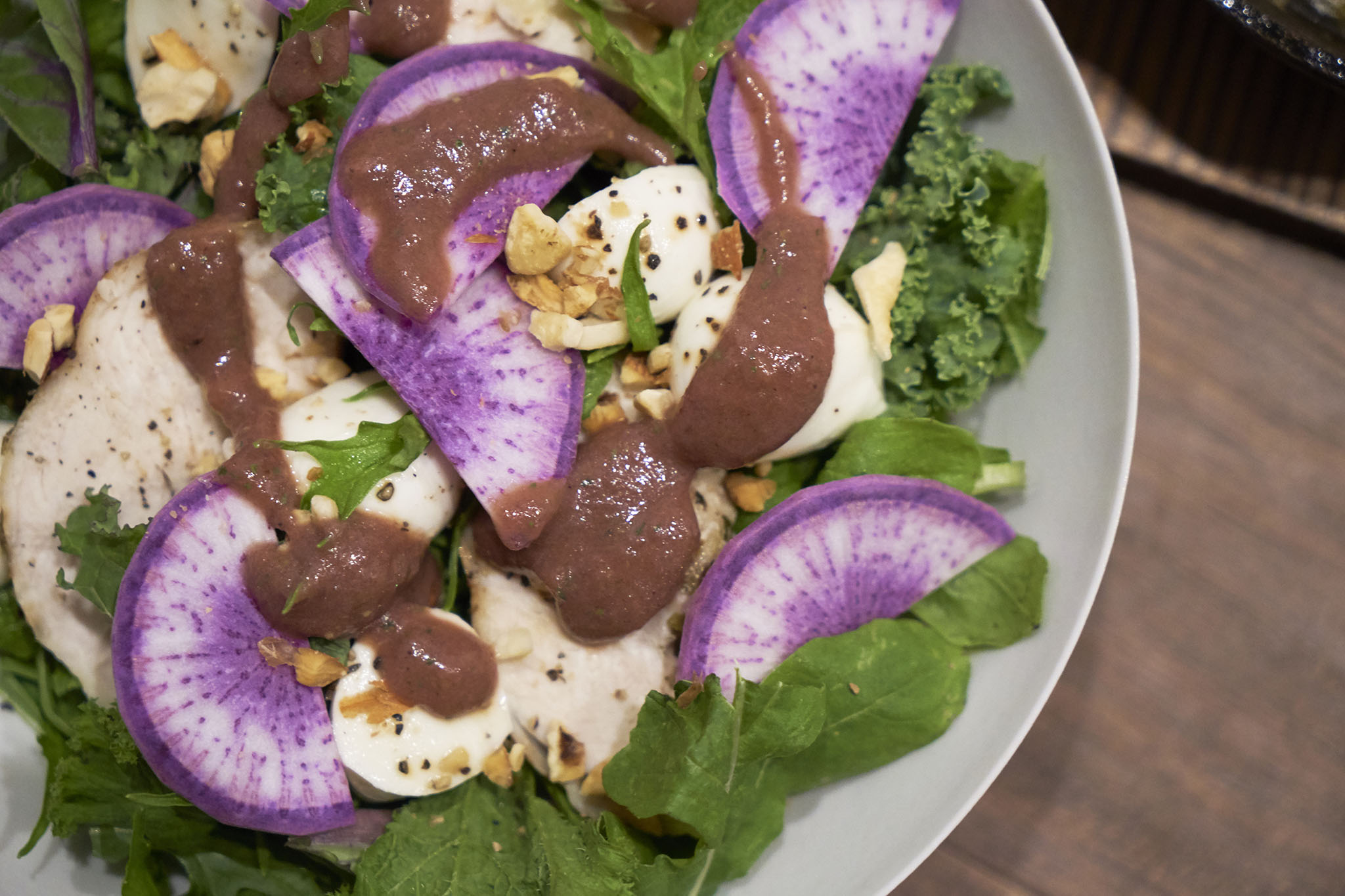
*Coconut products
Commonly used ingredients include coconut oil, coconut flour, coconut newt, and coconut butter.
These coconut products bring flavor and creamy texture to raw food desserts and snacks.
*Plant-based dairy products
Plant-based milks such as almond milk and oat milk are used in raw food smoothies and desserts.
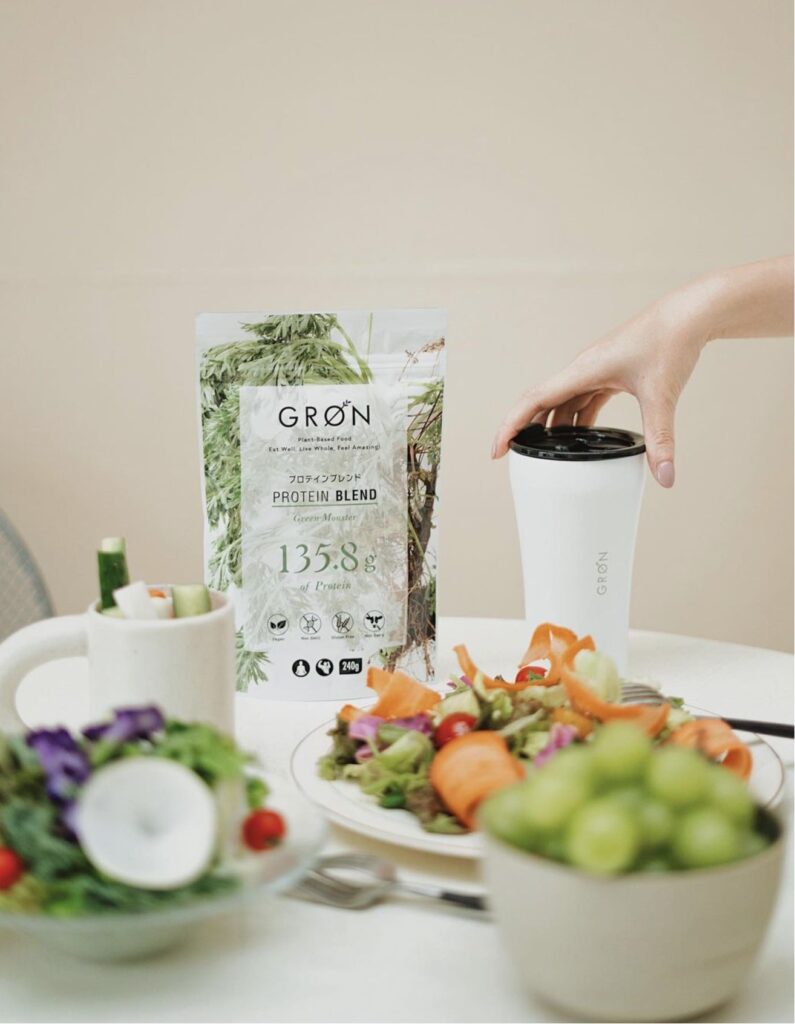
A diet that primarily involves raw ingredients and minimizes heat processing can lead to repetitive salad and smoothie recipes and an unbalanced nutritional profile.
If you find cooking a hassle, why not try incorporating GRON's protein blend, which contains no food additives or artificial sweeteners, or the easy-to-make " Functional Soup " into your diet?
——————————————————
Nutritionist, Food Education Instructor, Food 6th Industrialization Producer Level 4
Ayako Ishihara
A nutritional advisor in the healthcare field and an agribusiness professional.
She is involved in a variety of activities specializing in the fields of beauty and health, including giving lectures to Miss World Japan candidates.
With the philosophy of "enriching the mind and body through food and realizing a vibrant society where people and communities are connected," he founded i-Field Co., Ltd. in 2013 and serves as its representative.
He is a core member of the food team for "DINING OUT," which opens outdoor restaurants in various regions, and also participates in fashion brand projects.
She is also involved in the promotion of local ingredients, product development and production specializing in "health" and "beauty," branding, concept design, food hygiene, sales promotion, training planning and management, etc. She is in charge of nutritional supervision for GRØN's product development, proposing ways to incorporate them more effectively into consumer health.
——————————————————




